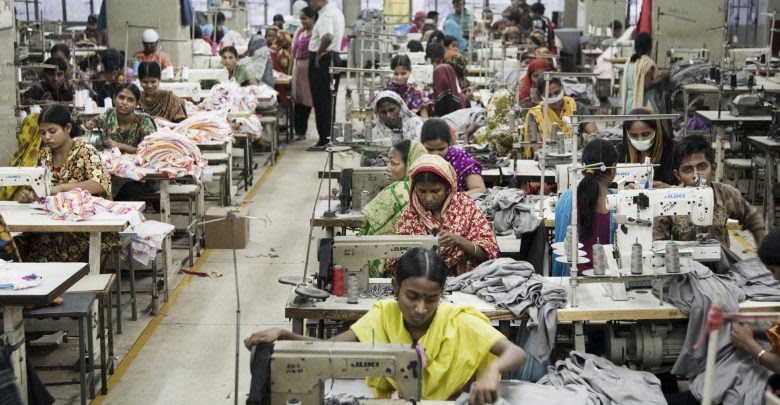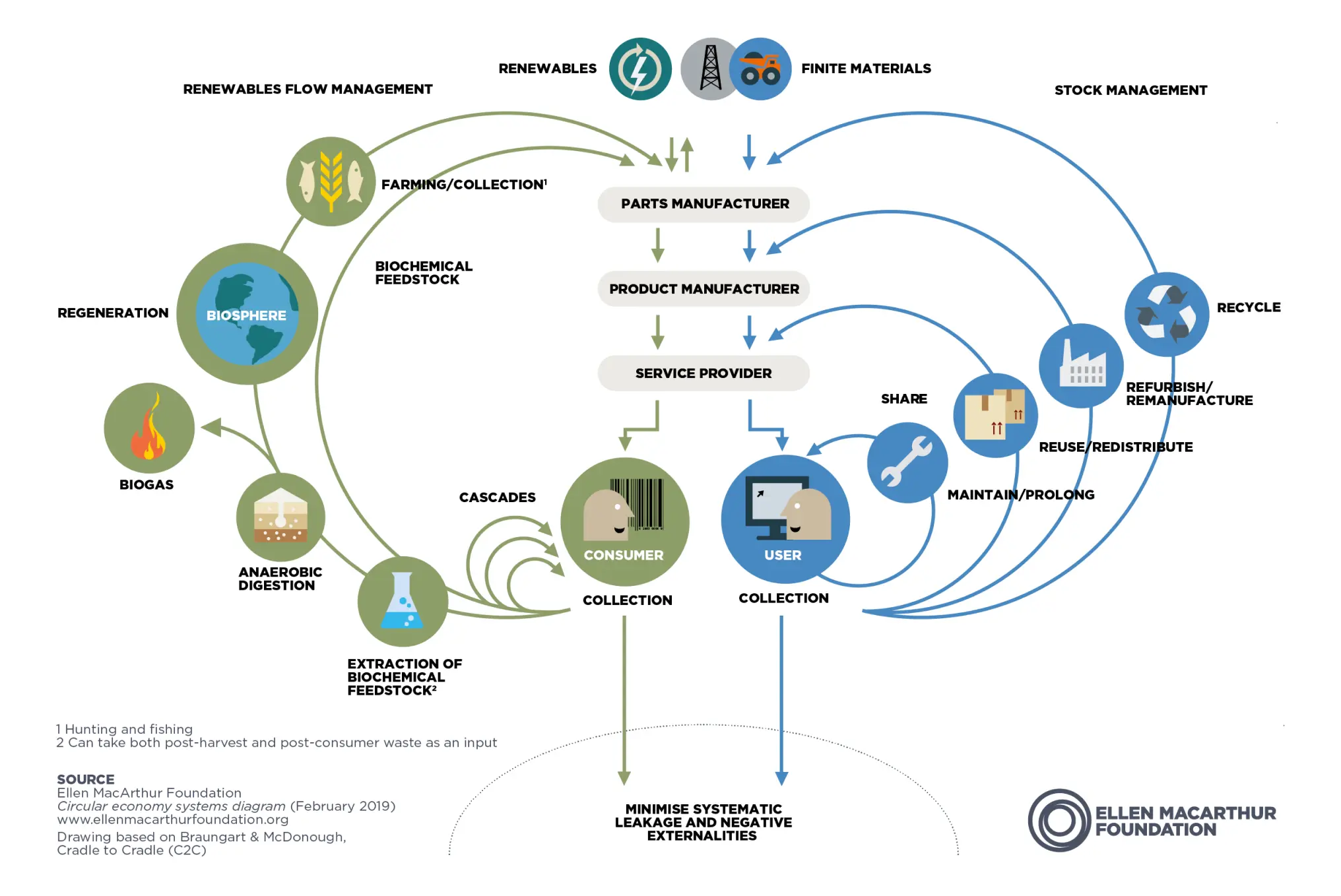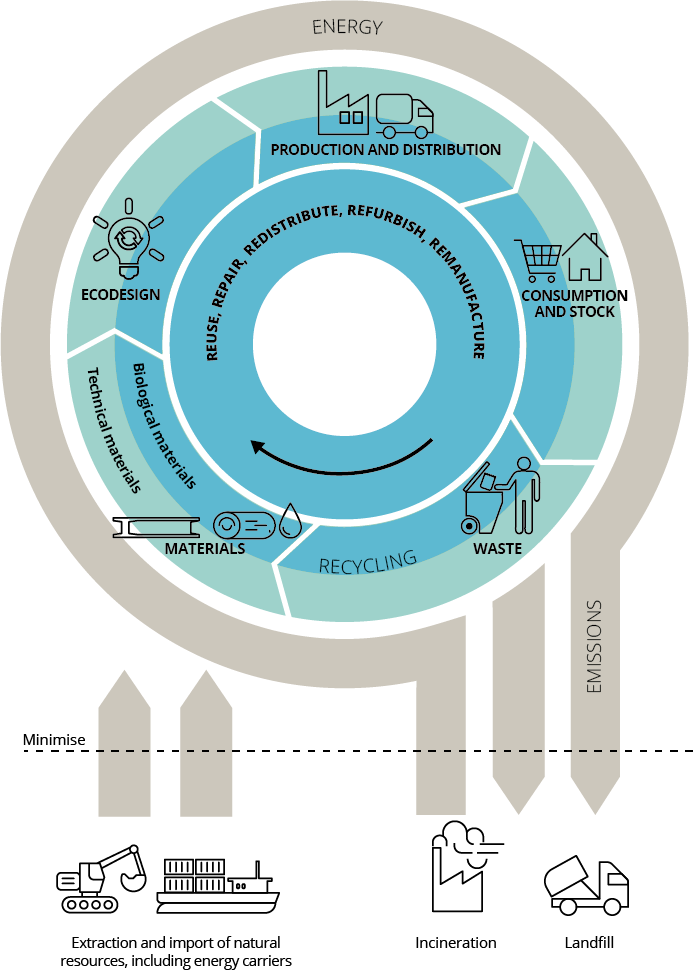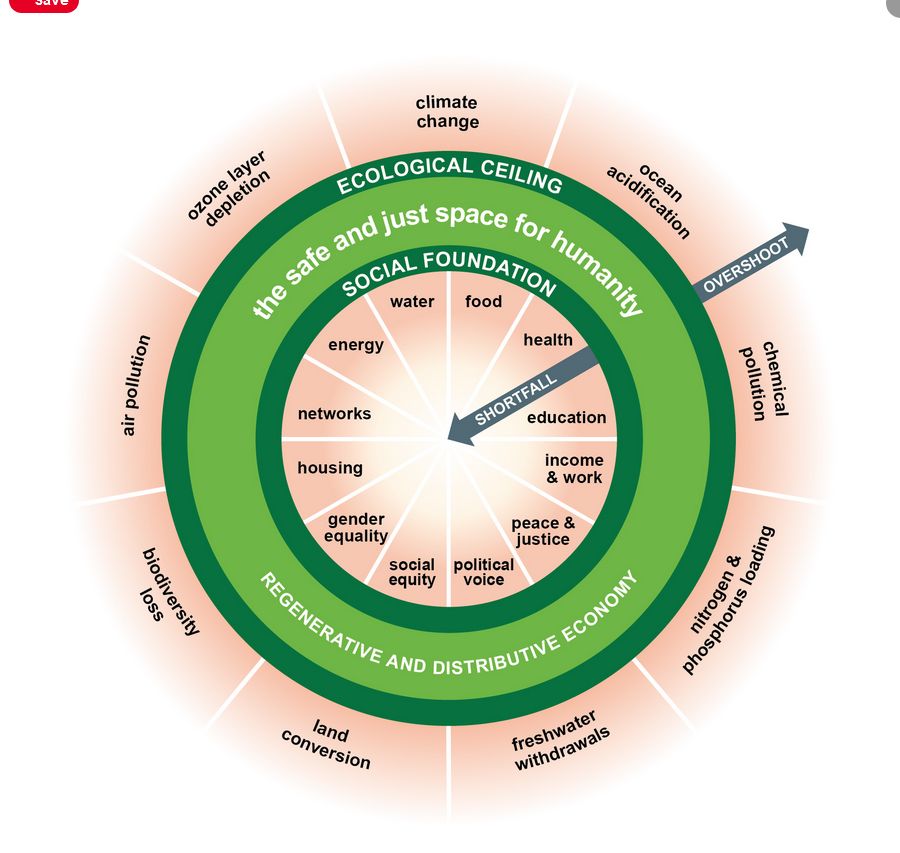Ultra Fast fashion contributes to the colossal global land fill, appalling human rights, and carbon budget.
The clothes are deemed throwaway, short use, cheap cost by consumers, and mostly made with fossil fuel dependent fibres and processes that will not compost. Their extremely fast availability without any regard for origin, human rights, costs of production and ultimate end are what is promoted on social media.
The overproduction and consumption of clothing cannot be allowed to continue. Without change, the industry will account for 26% of the world’s carbon budget for limiting global warming to 2°C by 2050. The fashion industry must take responsibility for its actions Unsustainable Ultra fast fashion
The spendalot era of the 1990s brought in the fast fashion brands, the second decade of the 2020s sees the domination of the ultra fast fashion sector dominated by brands like Shein, Boohoo, Cider who cut all corners to cut low quality items out to customers in the fastest times
“Established brands such as Gap introduce 12,000 new items a year and H&M 25,000. But Shein leaves them in the dust, listing 1.3 million items in the same amount of time”
We have enough clothes on the planet for us all for more than 20 years ! Without this constant gross over production daily.
So little of what is produced is used as a raw material for future creations. Landfill is a high cost to pay for vanity and thoughtlessness.
“Every second a truckload of clothing is thrown away or incinerated, and only 1% is recycled.”
It is not just landfill : The textile industry is responsible for 20% of global water waste and pollution, what can manufacturers do to reduce their consumption and environmental impact?
Environmental costs : The fast fashion industry takes a terrible toll on the environment, too. Each year, this industry generates 1.2 billion tons of greenhouse gases. That is more than the amount that comes from international flights and marine shipping vessels combined. The industry also consumes a whopping 98 million tons of oil every single year. The process of dyeing textiles is one of the largest causes of clean water pollution. PlanetAid
14 March 2024 : France is bringing in a process to add penalties to ultra fast fashion itens to help off set their environmental impact, starting at
French lawmakers approve bill to apply penalties on fast fashion
The bill calls for gradually increasing penalties of up to 10 euros per individual item of clothing by 2030, as well for a ban on advertising for such products.
The bill comes as the French environmental ministry said it would propose a European Union ban on exports of used clothes, in a bid to tackle the worsening problem of textile waste.
Alternatives :
- Wear ! Wear and Wear again. Nothing should be only worn once, or a few times. THERE IS NO AWAY. Chanfe your own attitude and Always fund someone else who can Wear something you CAN’T.
- Buy from local charity shops – the more they sell the more viable they become.
- Repair – learn how to repair what has a hole, or a tear
- Upcycle – learn how to tweak an outfit yourself
- Recycle – there is no away so ensure wearable clothes go where they can be used
- Salvation army deposit points
- Local charities working with the vulnerable in society
- Rag bins
- Charity shops
- Vimted
- Etsy
Research : fast fashion, sustainable fashion, ultra fast fashion, fashion carbon footprint, sustainable fashion



